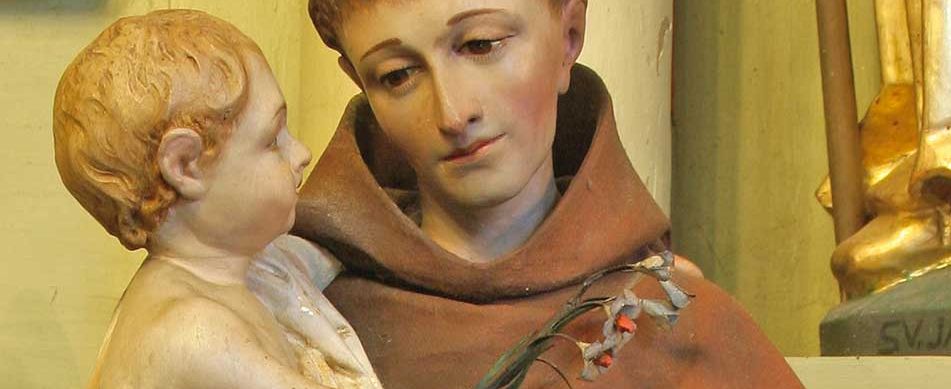The Royal Eagle
EAGLES are large, powerful birds of prey. Sixty species of eagles live worldwide, with prominence in Eurasia and Africa. Although eagles differ in size by species, all have heavy heads, large hooked beaks, strong, muscular legs, powerful talons, and broad wings by which they soar and glide at great heights while watching below for prey. Formidable yet beautiful and graceful, the eagle is often viewed as representative of God.
In 1979, composer Michael Joncas had this in mind when he wrote the popular Christian hymn On Eagle’s Wings as support for a friend whose father had died suddenly from a heart attack. Joncas based the hymn on several Scripture passages, with the most memorable lines of the song perhaps being those in the refrain:
And He will raise you up on eagle’s wings
Bear you on the breath of dawn
Make you to shine like the sun
And hold you in the palm of His Hand.
Scriptural basis
The reference to eagle’s wings come from Exodus 19:4, “You yourselves have seen what I did to the Egyptians, and how I bore you on eagles’ wings and brought you to myself” and Deuteronomy 32:11, “Like an eagle that stirs up its nest, that flutters over its young, spreading out its wings, catching them, bearing them on its pinions.” Ornithologists have testified that this behavior accurately describes how certain eagles teach their young to fly. In these flight lessons, eagles occasionally shove the nestlings out of the nest, then swoop down to catch them on their back or wings.
We need not strain our imagination to see God doing something similar. When we are getting too comfortable and need to grow spiritually, God may shove us out of our comfort zone. Then, when we are panicked and in a fearsome free fall, He swoops us up in His tender care so that, with His help, we escape destruction while learning trust.
John’s Gospel
Because his Gospel so clearly points to the divinity of Christ, Saint John the Evangelist is frequently represented as an eagle. Symbolizing Christ, the eagle is considered king of the birds who, unlike all others, is able to look directly at the sun, which symbolizes God. In his Sermon notes for the Feast of Saint John the Evangelist, Saint Anthony expands this symbolism:
“A large eagle with great wings, long-limbed, full of feathers and of variety, came to Libanus and took away the marrow of the cedar.” Anthony writes, “This is in Ezekiel 17 [verse 3]. The eagle, noted for the keenness of its vision, is blessed John, who, being raised above himself in subtle insight of mind, saw and told us of the only-begotten Son, who was in the bosom of the Father, the Word who was in the beginning [cf. Jn 1.18.1]. And we know that his testimony is true [Jn 21.24] (Sermons for Sundays and Festivals IV, p. 38; translated by Paul Spilsbury; Edizioni Messaggero Padova).
Anthony then elucidates how, in Ezekiel 1.10, “John is represented in the eagle, which flies higher than other birds, as he penetrated hidden things more deeply than the rest, and so is said to be ‘over all the four’ [living creatures who represent the Gospel writers]. Yet it is strange that he is said to be ‘over all the four,’ since he himself is one of the four: he is then, over himself! Truly, he is ‘above himself’, because he spoke what is beyond man, and so is called ‘a large eagle with great wings’” (Sermons IV, p. 39).
“And she filled him with the spirit of wisdom and understanding [Ecclus 15.5]. These are the two great wings [wisdom and understanding] with which he flies even to the secrets of the Divinity, saying, ‘In the beginning was the Word,’” etc. [Jn 1.1] (Sermons IV, p. 39).
Limbs of charity
Returning to the above quote from Ezekiel, Anthony notes that John was ‘long limbed’ since “The virtues are as it were the limbs of the soul, which are lengthened when they extend into works of charity” (Sermons IV, p. 39).
Saint John’s Gospel, the Book of Revelation, and his letters contain numerous references to the love of God and neighbor. “Blessed John, who feared God with a chaste and filial fear, therefore did good, extending himself to works of charity” (Sermons IV, p. 40). This charity extended to his taking the Blessed Mother to live with him after Jesus’ crucifixion.
In referring to the phrase “full of feathers and variety,” Anthony likens the feathers to “the gentleness of virginal purity” which line the “little nest” of humility where the “‘eggs’ of thought are kept safe, and the ‘chicks’ of works will have warmth and rest. So this eagle [John] was ‘full of feathers and variety’, because from purity of mind he came to the beautiful variety of works” (Sermons IV, p. 41).
Marrow of the cedar
Anthony then discusses the end of the quote: The eagle “came to Libanus and took away the marrow of the cedar.” Mount Libanus (Mount Lebanon) refers to “the heavenly homeland” and the “cedar, tallest of trees, is the height of the divinity. So, the eagle with great wings flew to that heavenly homeland and took the marrow of the cedar” which is the divinity of Christ. John brought that marrow to us when he wrote: The Word was made flesh and dwelt among us. To be fed with the bread of life and given the water of wisdom to drink, is nothing other than to ‘take the marrow of the cedar.’
“Let us, then, asked blessed John that by his prayers the Lord grant us to despise earthly things and fly to heavenly ones, that we may be refreshed with the marrow of the cedar. May he grant this, who is blessed for ever and ever. Amen” (Sermons IV, p. 42).



